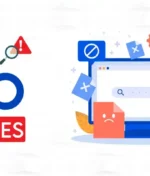
10 Common SEO Mistakes That Hurt Your Rankings (and How to Fix Them)
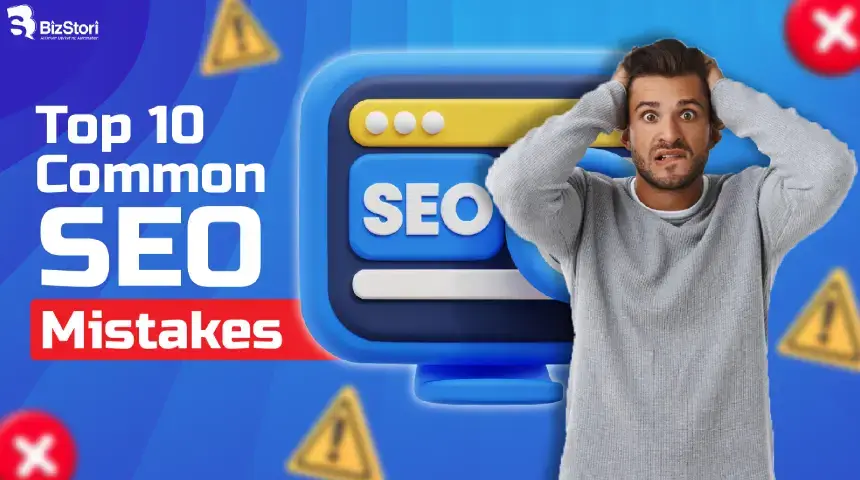
Search Engine Optimization (SEO) is a powerful way to drive consistent, high-quality traffic to your website. When done right, it can become your most valuable marketing channel. However, the path to SEO success is filled with potential pitfalls. Many businesses, despite their best intentions, make common SEO mistakes that limit their visibility, waste resources, and hand an advantage to their competitors.
Understanding these SEO errors is the first step toward fixing them. This guide will walk you through the ten most frequent mistakes in SEO, from technical blunders to content strategy missteps. We’ll explore why these issues are so damaging and provide clear, actionable advice to help you avoid them and build a foundation for sustainable organic growth.
1. Targeting the Wrong Keywords
Keyword research is the bedrock of any successful SEO strategy. One of the biggest SEO pitfalls is targeting keywords that are either too broad, too competitive, or completely misaligned with user intent. Some businesses guess what their customers are searching for, while others only chase high-volume “vanity” keywords that don’t lead to conversions.
For example, a small local bakery targeting the keyword “cake” is competing with global recipe sites and national chains. It’s an uphill battle they are unlikely to win.
How to Avoid This Mistake:
- Focus on User Intent: Understand why someone is searching. Are they looking for information, comparing products, or ready to buy?
- Target Long-Tail Keywords: Instead of “cake,” target more specific phrases like “custom birthday cakes in Brooklyn” or “vegan wedding cake bakery.” These have lower search volume but much higher conversion intent.
- Use Professional Tools: Leverage tools like Ahrefs, SEMrush, or even Google’s own Keyword Planner to find relevant keywords with realistic difficulty scores.
2. Ignoring Technical SEO
You can have the best content in the world, but if search engines can’t crawl, index, and understand your website, it will remain invisible. Many businesses focus so much on content that they neglect the critical technical foundation. These technical SEO errors can silently sabotage all your other efforts.
Common technical issues include:
- Slow page load speed
- Not having a mobile-friendly design
- Broken internal links or improper redirects
- A confusing website structure
How to Avoid This Mistake:
- Conduct Regular Audits: Use tools like Google Search Console or Screaming Frog to regularly audit your site for technical problems.
- Prioritize Site Speed: Optimize images, leverage browser caching, and minimize code to ensure your site loads in under three seconds.
- Ensure Mobile-Friendliness: With most searches happening on mobile, a responsive design is non-negotiable. Use Google’s Mobile-Friendly Test to check your pages.
3. Publishing Inconsistent or Low-Quality Content
In the world of SEO, quality trumps quantity every time. Another common mistake in SEO is publishing thin, generic, or poorly written content just for the sake of “being active.” Search engines use advanced Natural Language Processing (NLP) to evaluate content quality. They can tell if a piece is truly helpful or if it’s just a collection of keywords.
Inconsistent publishing also sends a negative signal. A blog that hasn’t been updated in a year appears neglected and less authoritative.
How to Avoid This Mistake:
- Focus on E-E-A-T: Create content that demonstrates Experience, Expertise, Authoritativeness, and Trustworthiness.
- Solve a Problem: Every piece of content should answer a specific question or solve a problem for your target audience.
- Create a Content Calendar: Plan your content in advance to ensure a consistent publishing schedule of high-quality, relevant articles.
4. Overlooking User Experience (UX)
Google’s primary goal is to provide its users with the best possible experience. Therefore, a website that is confusing, frustrating, or difficult to navigate will struggle to rank well. Many businesses make the SEO mistake of designing their website for search engine bots instead of for human beings.
A poor user experience leads to a high bounce rate (users leaving after viewing only one page), which is a strong negative signal to Google.
How to Avoid This Mistake:
- Simplify Navigation: Ensure your website has a clear, logical menu structure that makes it easy for users to find what they’re looking for.
- Improve Readability: Use short paragraphs, clear headings, bullet points, and plenty of white space to make your content scannable and easy to read.
- Use Clear Calls-to-Action (CTAs): Guide your users on what to do next, whether it’s reading another article, signing up for a newsletter, or contacting you.
5. Neglecting Internal Linking
Internal linking—the practice of linking from one page on your site to another—is one of the most powerful and overlooked SEO tactics. A solid internal linking strategy helps search engines understand the structure of your website, see the relationship between different pieces of content, and spread link authority (or “link juice”) throughout your site.
Many websites have “orphan pages” with no internal links pointing to them, making them difficult for search engines to find and value.
How to Avoid This Mistake:
- Link from High-Authority Pages: Link from your top-performing pages to newer or less visible pages that you want to boost.
- Use Descriptive Anchor Text: Instead of using generic anchor text like “click here,” use descriptive phrases that give context to the linked page (e.g., “our guide to on-page SEO techniques”).
- Create Topic Clusters: Build a central “pillar” page for a broad topic and link out to more specific “cluster” pages. This demonstrates topical authority.
6. Ignoring Off-Page SEO and Link Building
Off-page SEO refers to actions taken outside of your own website to impact your rankings. The most important component of this is link building—earning links from other reputable websites. Backlinks act as votes of confidence, signaling to search engines that your site is a credible and valuable resource. A major SEO pitfall is assuming that great content is enough on its own.
How to Avoid This Mistake:
- Create Link-Worthy Content: Develop unique data, create helpful free tools, or publish definitive guides that other people will want to reference.
- Engage in Digital PR: Reach out to journalists and bloggers in your industry to share your content and expertise.
- Guest Post on Reputable Sites: Write articles for other well-respected websites in your niche to get your name out there and earn a valuable backlink.
7. Not Optimizing for Local SEO (for Local Businesses)
For businesses that serve a specific geographic area—like plumbers, restaurants, or retail stores—failing to optimize for local search is a massive missed opportunity. When potential customers search for “pizza near me,” you need to show up in the “map pack” results.
How to Avoid This Mistake:
- Claim and Optimize Your Google Business Profile: This is the single most important factor for local SEO. Fill out every section completely and keep it updated.
- Build Local Citations: Ensure your business’s Name, Address, and Phone Number (NAP) are consistent across all online directories.
- Encourage Customer Reviews: Positive reviews are a strong local ranking signal.
8. Forgetting About Title Tags and Meta Descriptions
The title tag and meta description are the first things a user sees in the search results. They are your digital storefront window. Many websites either let their CMS auto-generate them or leave them blank entirely. This is a huge mistake, as they are a critical factor in convincing a user to click on your result over a competitor’s.
How to Avoid This Mistake:
- Craft Unique Titles and Descriptions: Write a unique, compelling title and meta description for every important page on your site.
- Include Your Target Keyword: Place your primary keyword near the beginning of the title tag.
- Focus on the Benefit: Use the meta description to explain why the user should click, highlighting the value they will receive.
9. Not Tracking and Analyzing Your Data
You cannot improve what you do not measure. Running an SEO campaign without tracking your performance is like driving blindfolded. You have no way of knowing what’s working, what’s not, and where to focus your efforts.
How to Avoid This Mistake:
- Set Up Google Analytics and Google Search Console: These free tools are essential for monitoring your website traffic, keyword rankings, and technical health.
- Track Key Metrics: Pay attention to organic traffic, keyword rankings for your target terms, bounce rate, and conversion rate.
- Review Data Regularly: Set aside time each month to analyze your data, identify trends, and adjust your strategy accordingly.
10. Expecting Results Too Quickly
SEO is a marathon, not a sprint. One of the most common reasons businesses give up on SEO is because they have unrealistic expectations about how quickly they will see results. It can take anywhere from 3 to 12 months to see a significant return on your SEO investment, especially in a competitive market.
How to Avoid This Mistake:
- Be Patient and Consistent: Understand that SEO is a long-term strategy. Consistent effort over time will compound and deliver lasting results.
- Focus on Leading Indicators: In the early months, track progress through leading indicators like improvements in keyword rankings, increases in organic traffic, and new backlinks earned.
Technical SEO Issues to Avoid
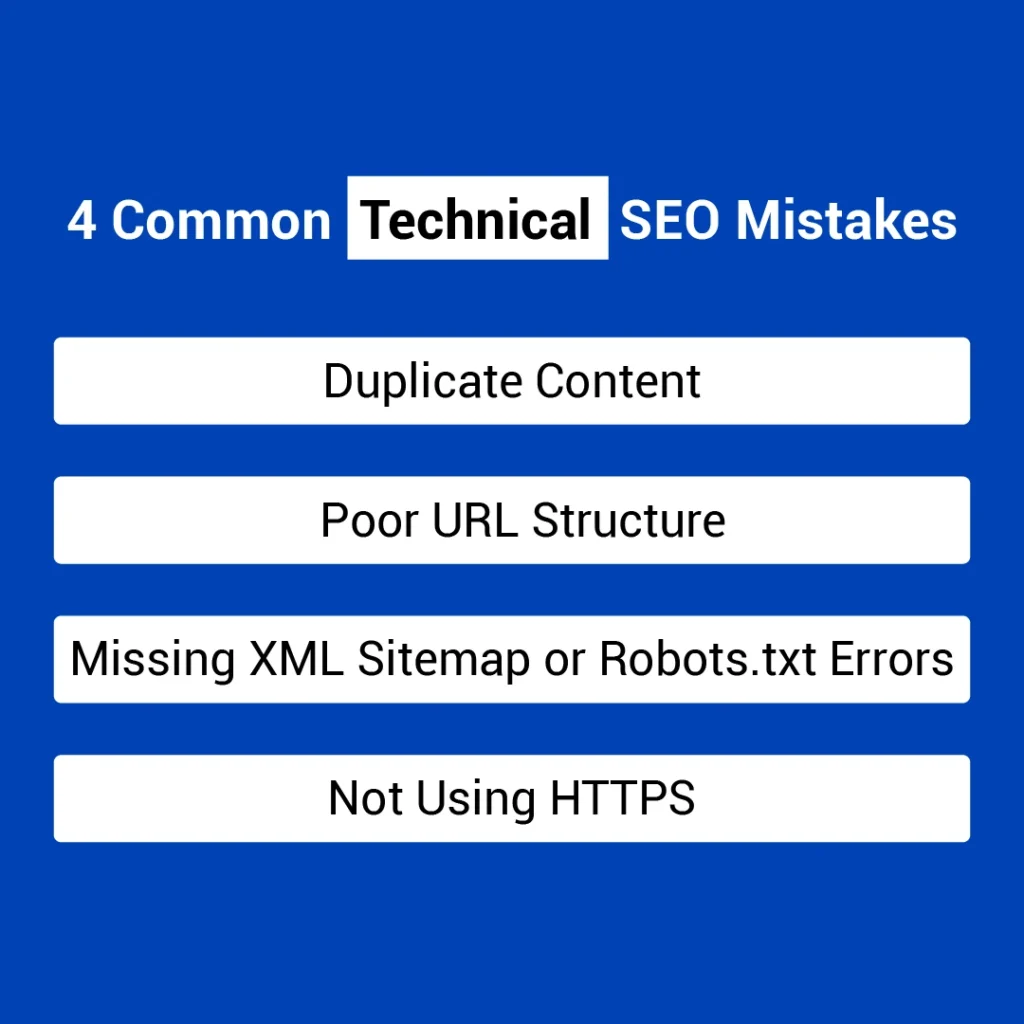
Even if your content strategy is flawless, technical missteps can prevent search engines from properly indexing and ranking your site. These issues often go unnoticed because they operate “behind the scenes,” but they can drastically undermine your SEO performance.
Common Technical SEO Mistakes:
- Duplicate Content: Having the same content accessible through multiple URLs confuses search engines and dilutes ranking signals.
- Poor URL Structure: Long, messy, or irrelevant URLs make it harder for both users and crawlers to understand page purpose.
- Missing XML Sitemap or Robots.txt Errors: Without these, search engines may fail to crawl critical pages—or accidentally crawl pages you want hidden.
- Not Using HTTPS: Security is a confirmed ranking factor. Running your website without SSL can damage both SEO and user trust.
Common On-Page SEO Mistakes
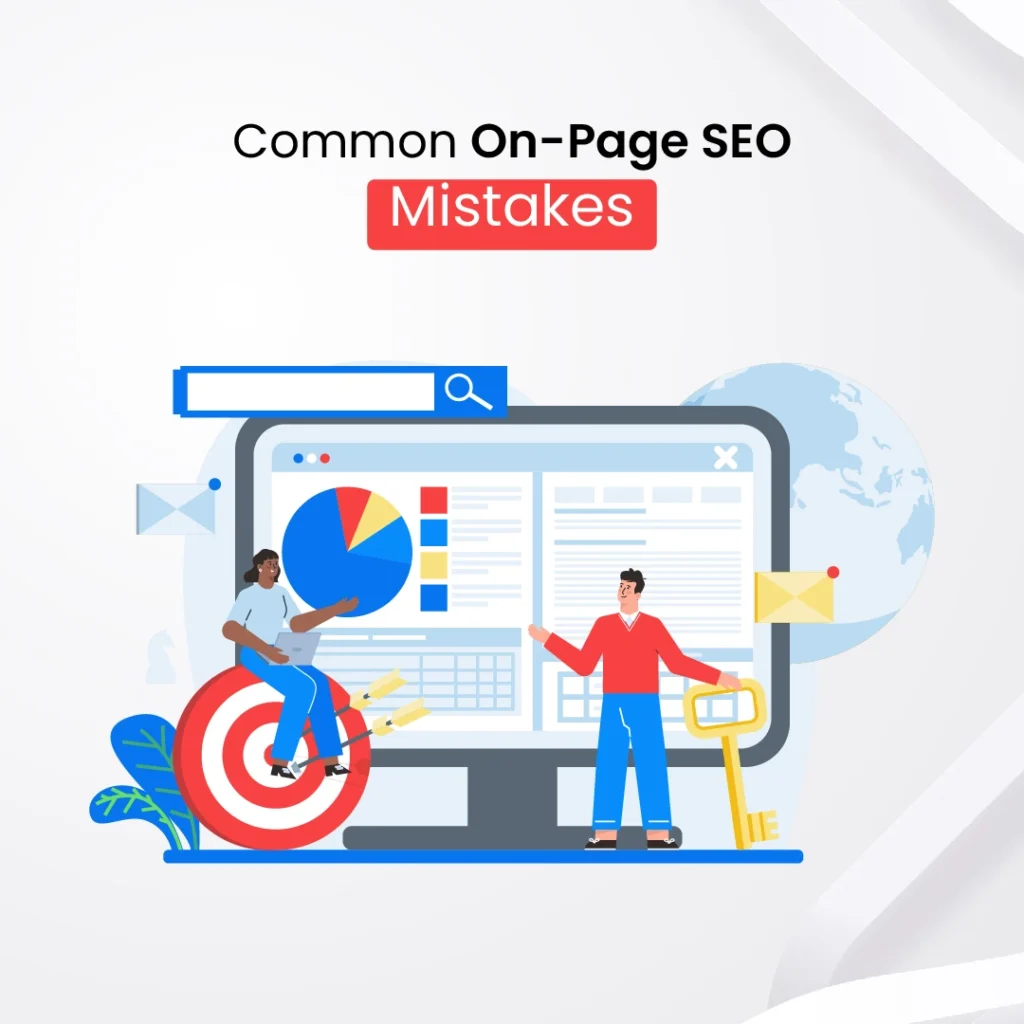
On-page SEO is all about optimizing the elements you control on your website. While it might sound straightforward, many businesses unintentionally sabotage their efforts with small but impactful mistakes.
Frequent On-Page SEO Errors:
- Keyword Stuffing: Overusing keywords makes content sound unnatural and can lead to penalties.
- Missing or Improper Heading Tags: Headings (H1, H2, H3) guide both readers and search engines. Misusing them reduces readability and weakens SEO signals.
- Poor Image Optimization: Large, uncompressed images slow down your site, and missing alt text wastes a chance to provide context to search engines.
- Thin or Duplicate Meta Tags: Weak or repetitive titles and descriptions hurt click-through rates and dilute relevance.
Avoid Common SEO Mistakes and Gain Client Trust
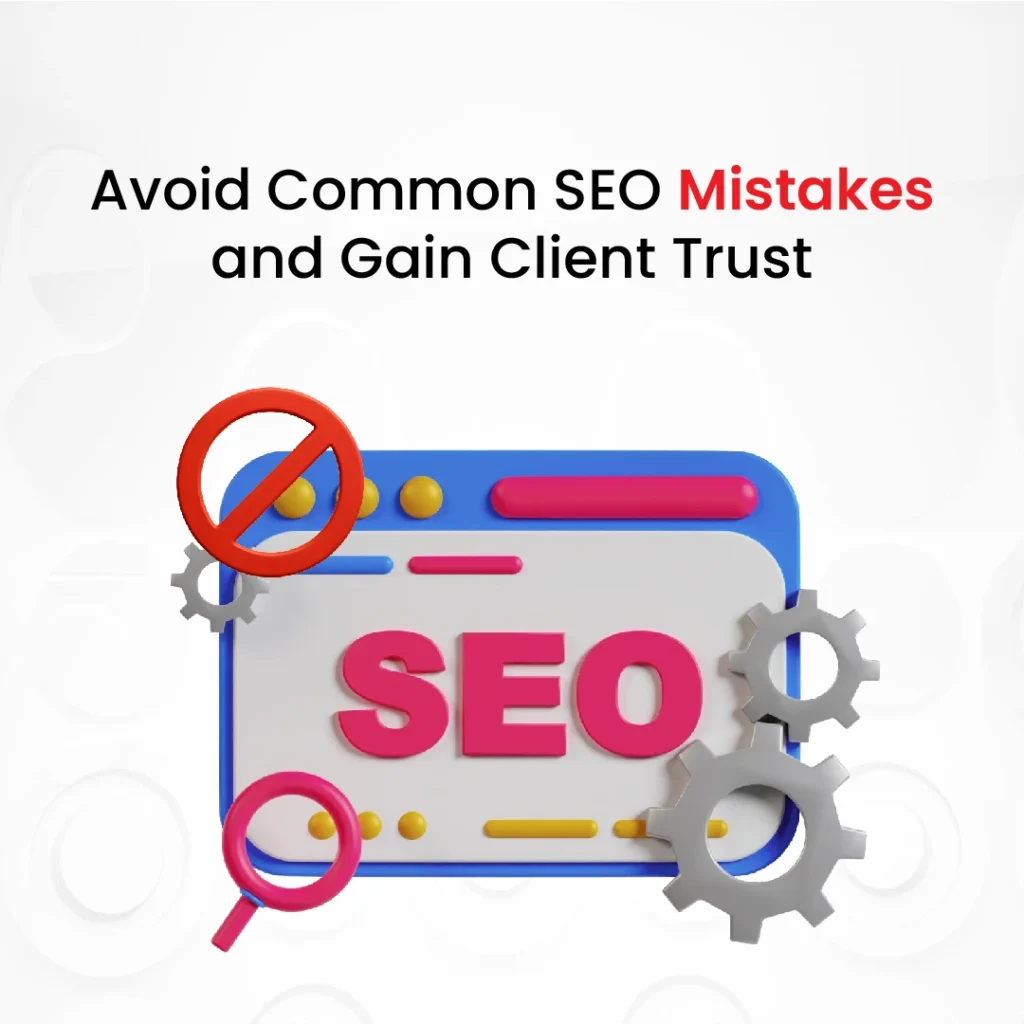
SEO isn’t just about rankings—it’s about building credibility and trust with both search engines and real people. When your site is free from common SEO mistakes, it sends a powerful signal that your business is reliable, professional, and worth engaging with.
Why Fixing SEO Mistakes Builds Trust:
- Better User Experience: A fast, mobile-friendly, well-structured site shows visitors you care about their time and needs.
- Authority and Expertise: High-quality, optimized content positions you as a thought leader in your industry.
- Consistency Across Channels: From local citations to meta descriptions, attention to detail creates a polished, trustworthy image.
Conclusion
Avoiding common SEO mistakes is not just about improving your search rankings—it’s about creating a website that truly delivers value to your visitors and builds trust with your audience. When you focus on targeting the right keywords, optimizing on-page elements, maintaining a technically sound site, and prioritizing user experience, every aspect of your SEO strategy starts to work in harmony.
By addressing these mistakes, you can attract more high-quality, relevant traffic that genuinely wants what you offer. Your website will gain authority and credibility, showing visitors that your business is professional and trustworthy. At the same time, users will enjoy a seamless, intuitive experience that keeps them coming back. Over time, these improvements compound, helping you grow sustainably and solidifying client confidence in your brand.
SEO is a marathon, not a sprint. Take the time to audit your website, implement best practices, and monitor your progress consistently—and you’ll see that avoiding these common pitfalls delivers lasting results for both your rankings and your reputation.



